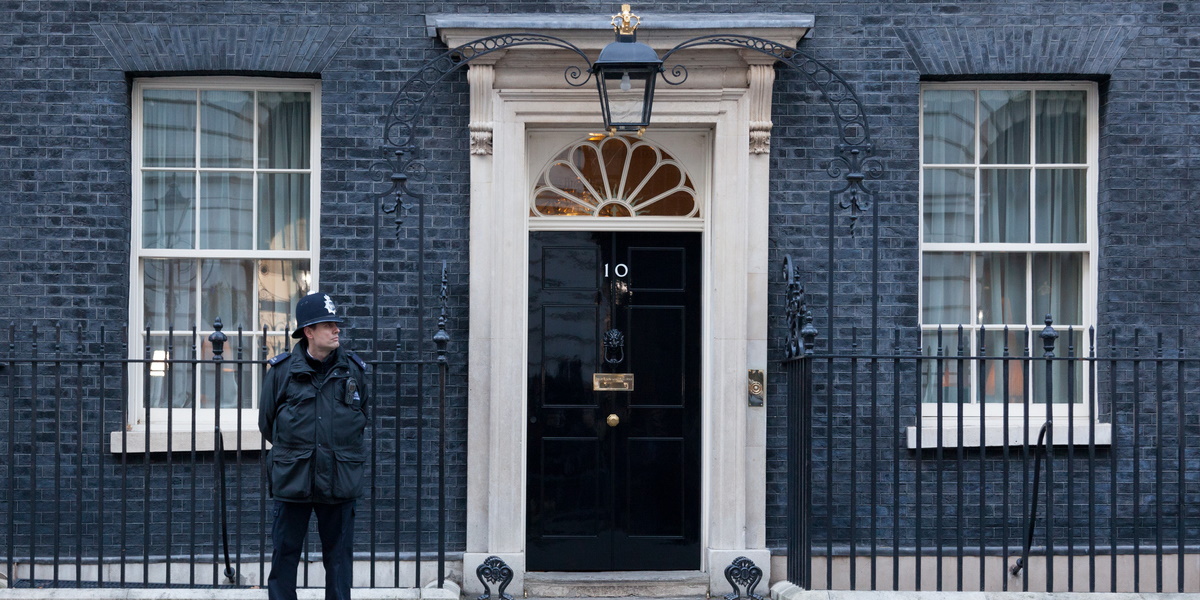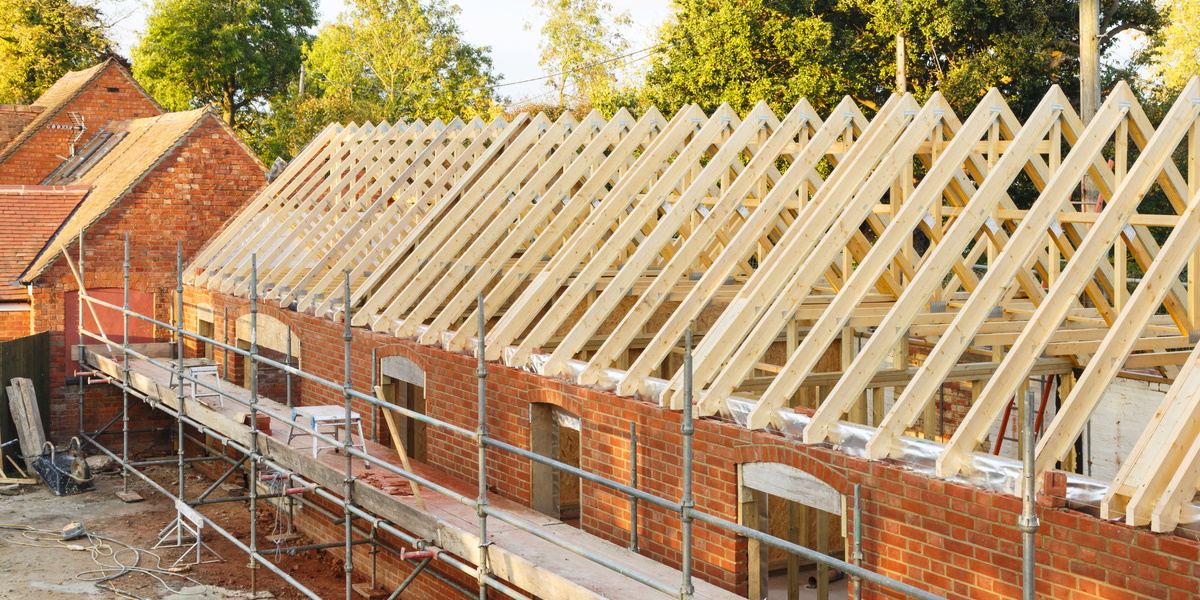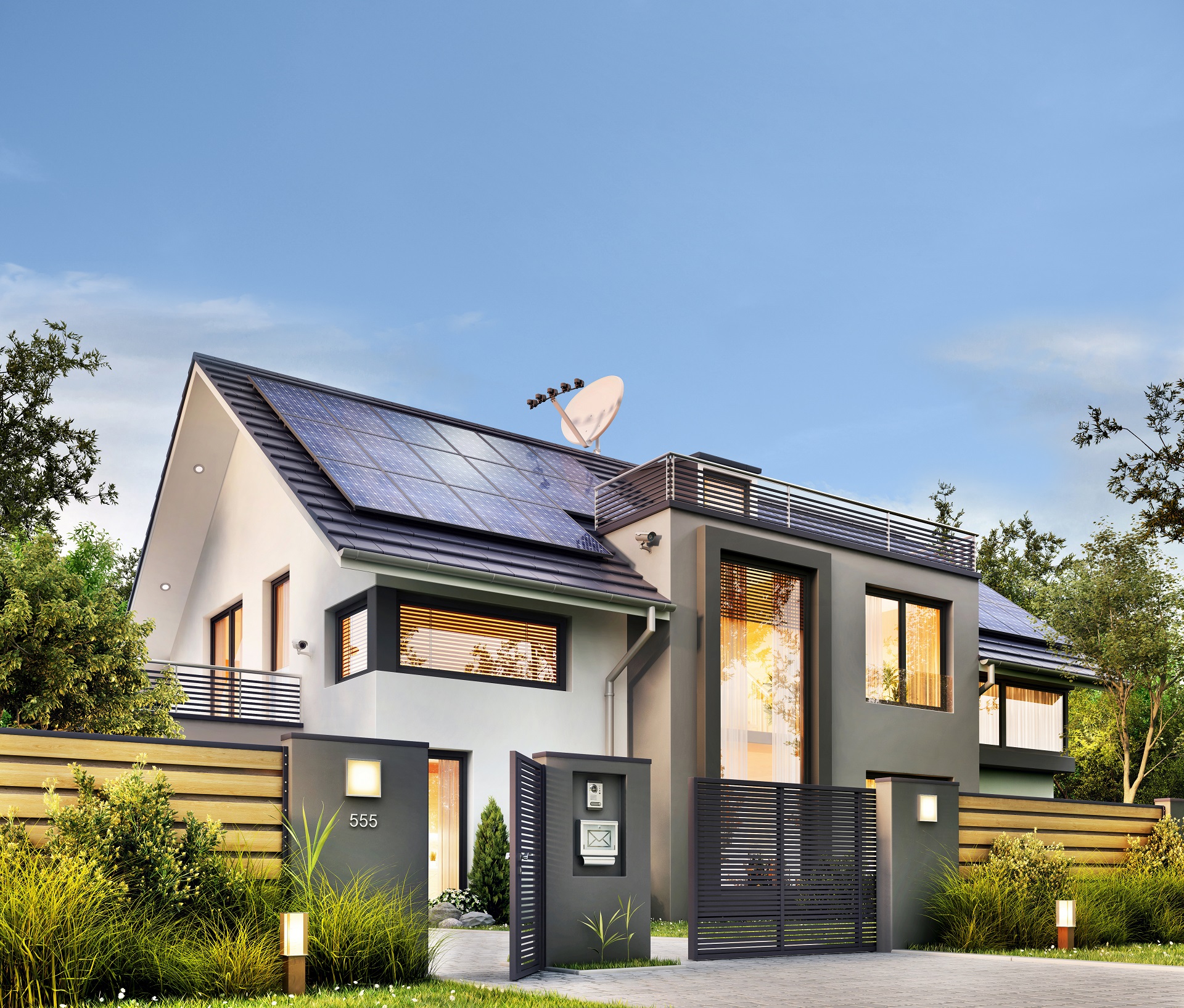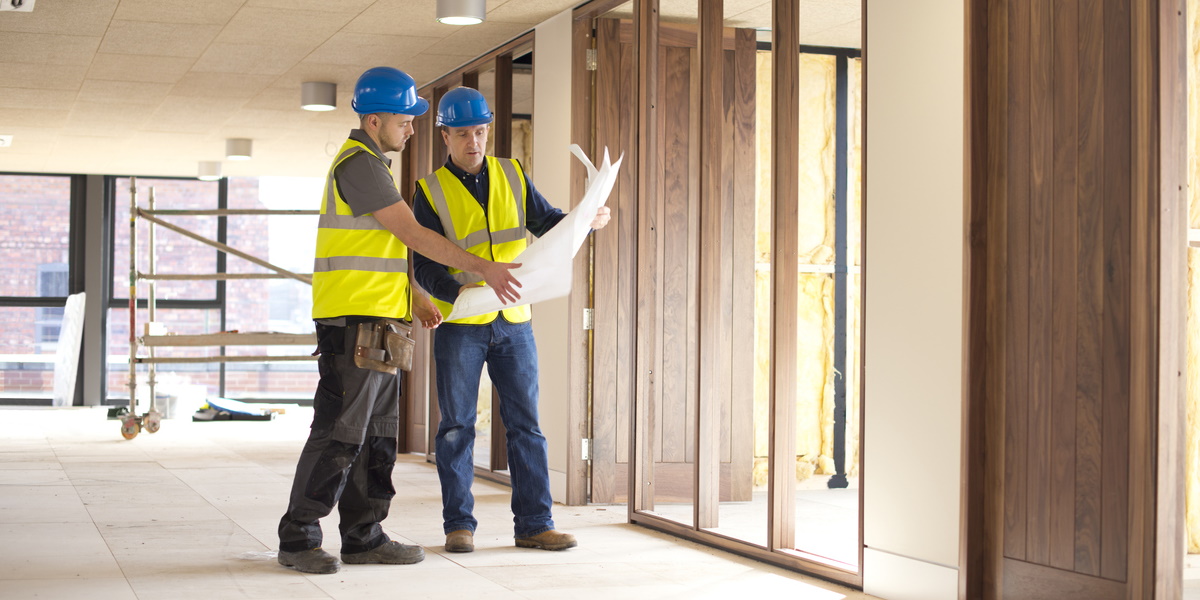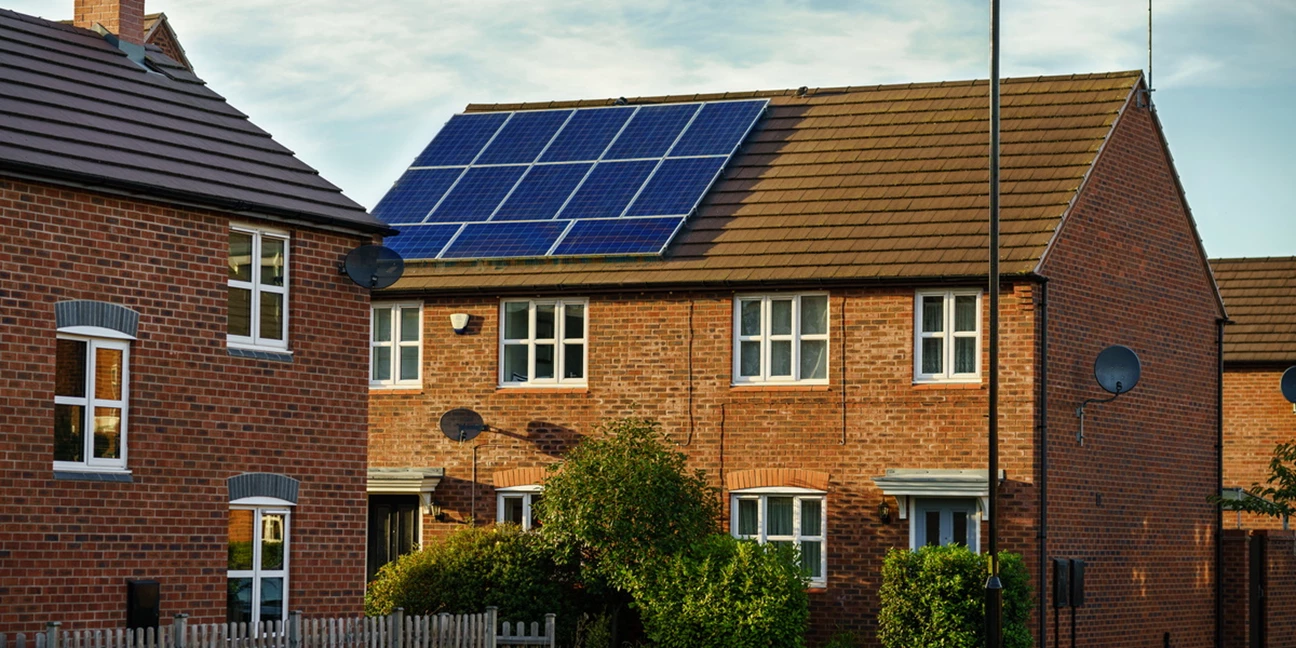
23/04/2021
EPC is too ABC... it's time for a shake-up
There has been much backslapping across the construction sector and Whitehall this month over the latest energy ratings for new homes. Newly released Government data shows that 84 percent of new builds in England and Wales are now achieving EPC grades of A or B.
With many in the industry falling over themselves to be seen as champions of the environment, there are some who would have you believe that these As and Bs are the bricks and mortar equivalent of gold and silver medals at the Olympics.
Housing Secretary Robert Jenrick was quick to portray the milestone as “proof” of the Government’s “commitment to a more sustainable future.” A few days later, one well-intentioned lender rushed out an eye-catching new mortgage product for homes with an EPC rating of A, B or C.
Gold standard
The EPCs, it would seem, have suddenly become a gold standard in sustainable housebuilding, something that has left those of us in the sector who want to drive genuine change scratching our heads. For there appears to be some confusion about what EPCs actually mean, and what their real value is as a yardstick for measuring progress towards a more sustainable future.
Nobly intentioned though they are, EPCs are calculations based on estimated future fuel costs, and therefore reveal only a small part of a home’s environmental impact. Done well, they highlight how a property ranks in terms of its energy efficiency. But while they might tell you where you are, they say nothing about how you got there, nor what you might have done along the way.
For example, a property could be built entirely from steel and concrete – both materials which release huge amounts of carbon into the atmosphere during the manufacturing process – but this very real environmental impact wouldn’t merit a mention in a typical EPC assessment.
Tablets of stone
Energy assessments should be treated neither as a tick box exercise nor as tablets of stone. And the fact that energy assessors themselves are increasingly finding their methodology under the microscope does little to inspire faith in the system.
One assessor’s D is another’s C, it seems, and the chatter among landlords on property forums is about which assessors can be expected to provide a “glass half empty” report, and who is more likely to see the “glass half full”. The big housebuilders may think along similar lines, whatever their public pronouncements. Which is why a period of critical reflection is required if we are to achieve greater transparency for the public – and to build homes that are green to the core rather than greenwashed.
If the cladding crisis has taught us anything, it is the need to dig deeper, and understand better our materials and processes.
Whatever system of grading we eventually settle on, the ability to scrutinise our processes must of course put homebuyers first.
We do not need any more convenient procedures for politicians and developers to flatter themselves. Environmental and energy efficiency standards should be about measuring, and mitigating, a project’s environmental impact. Not marketing.





